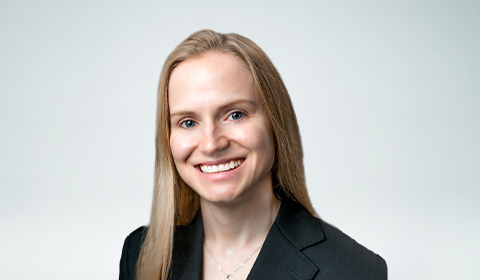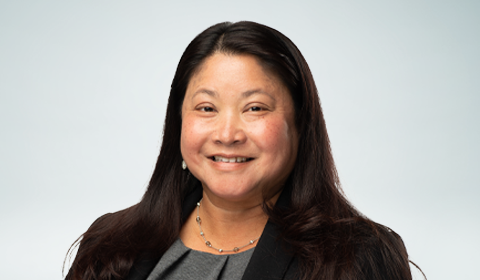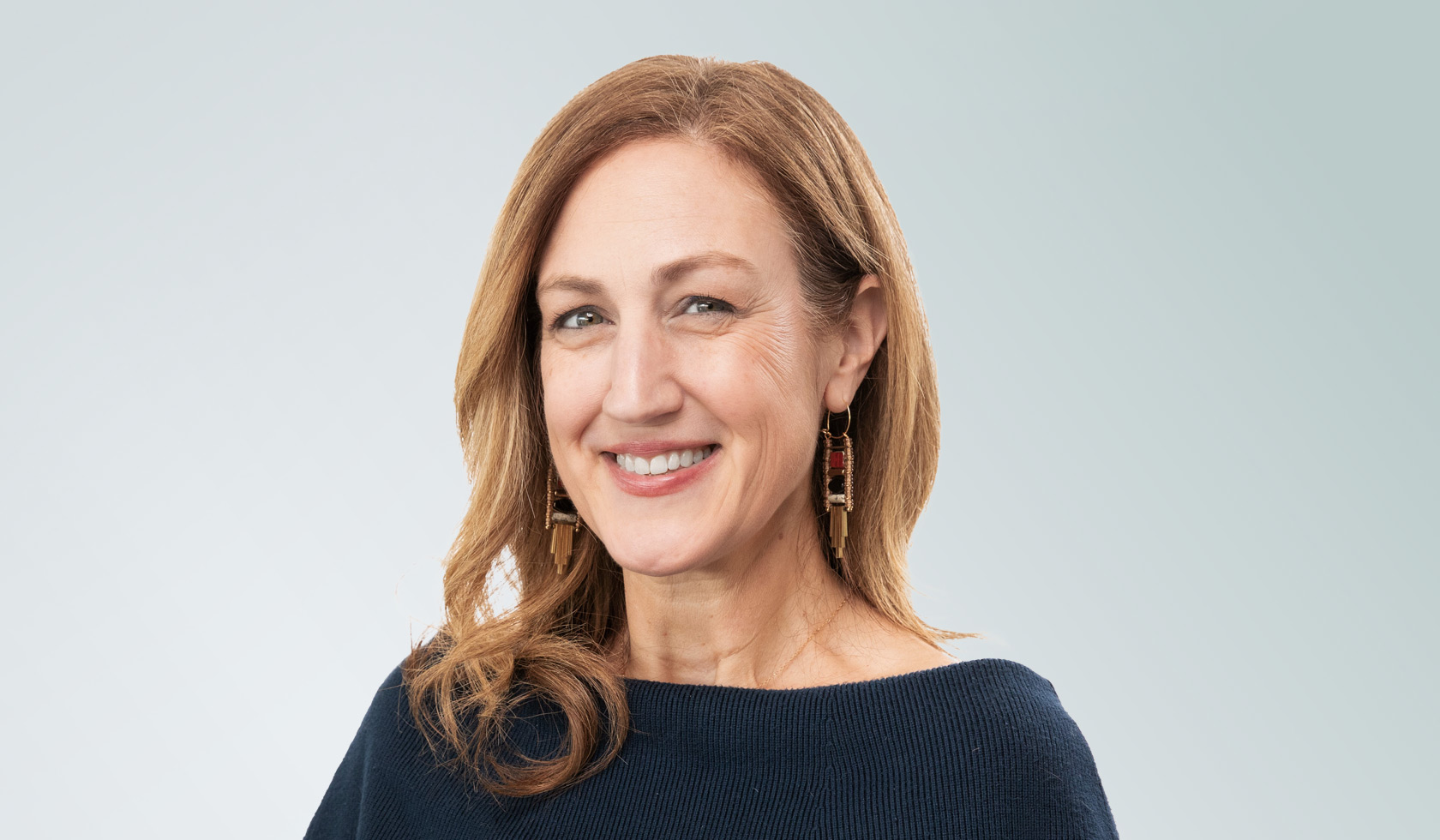The following article, which appeared in the Society of Actuaries Product Matters! newsletter, is based on an RGA webinar titled “The Alternative Evidence Frontier: A Panel Discussion.” We have included a recording of that webinar to provide additional insights from our RGA experts.
You have to break a few eggs to make an omelet, or so the saying goes.
Clichéd though it may be, this home-spun wisdom does point to a certain truth about innovation: You need to disrupt traditional ways of doing things to allow for new approaches. But there is another important truth about innovation to keep in mind: Having a plan in place to execute an innovation initiative can be the difference between making an omelet and ending up with egg on your face.
In the wake of the pandemic, much of the insurance industry is now endeavoring to find sustainable, longer-term solutions among the “broken eggs” of forced innovation – and to ensure that temporary adaptations add value beyond mere change. Devising and implementing effective monitoring programs is key to the success of these endeavors.
In the wake of the pandemic, much of the insurance industry is now endeavoring to find sustainable, longer-term solutions among the “broken eggs” of forced innovation.
Pandemic-Driven Alternatives
More than 18 months into the COVID-19 pandemic, the story of the insurance industry’s rising to the challenges of the crisis is well-told. With traditional underwriting evidence unavailable, either from vendors temporarily forced to suspend operations or from consumers’ discomfort with the in-person contact necessary for paramedical exams and fluid collection, insurers were faced with a choice: Assign pending status to most cases until able to collect traditional evidence or work out an alternative means of underwriting cases to keep business flowing. As a result, lower-touch traditional evidence, such as attending physician statements (APSs), was used in new ways, and an ongoing evolution toward alternative, data-driven evidence – such as electronic health records, medical claims data, and clinical lab results – was fast-tracked out of necessity, with advances that were on pace to take years occurring in just months.
It is important here to draw a distinction between what has historically been referred to as “accelerated underwriting” and the pandemic-fueled programs characterized as “alternative underwriting.”
Accelerated underwriting programs are designed to find the cleanest risks, the healthiest lives, and offer these applicants a faster path by skipping a paramedical exam and traditional labs. Alternative underwriting programs, on the other hand, were born out of a necessity to maintain sales and issue policies to a wide spectrum of applicants when exams and labs were simply not available. Many insurers launching alternative programs in the last year and a half have not had the time to set up monitoring procedures or, in the earlier days of the pandemic, have lacked access to vendors needed to support such systems. Consequently, our ability as an industry to assess their protective value and ability to preserve mortality has been limited.
Alternative underwriting programs, on the other hand, were born out of a necessity to maintain sales and issue policies to a wide spectrum of applicants when exams and labs were simply not available.
.jpg?sfvrsn=6e8f30b6_2)
From Short-Term Adaptations to Long-Term Solutions
Although the pandemic continues, the unprecedented circumstances that drove the industry to rapidly introduce a range of alternative underwriting programs are receding. As we emerge from those challenging circumstances, insurers must ask themselves: What now? Will our alternative underwriting programs continue? How do we decide whether a case will be underwritten through traditional methods or using alternative evidence?
When the conditions necessitating the introduction of these programs are no longer a pressing concern, the criteria to determine which path to follow may not be as well-defined. If it is left to case-by-case decisions on the part of agents or applicants, it could open the door to increased anti-selection risk. After all, any time there is a selection point, there is also an opportunity for anti-selection. Therefore, it is important to critically review alternative programs launched during the pandemic, determine their purpose in the “new normal,” and establish a framework for their continuation or evolution moving forward.
Setting up a more rigorous framework for more permanent change starts with observing in-market results to identify programs and program features worth maintaining. Determining which alternative tools proved the most protective, which were the most usable, and which served the market best can provide the basis for creating guidelines for risk assessment and pricing. For example, with a diabetic case, are clinical labs sufficient to establish control, or is a more holistic view from the attending physician necessary? Moving impairment by impairment and tool by tool, insurers can identify which approaches provide the most value.
Setting up a more rigorous framework for more permanent change starts with observing in-market results to identify programs and program features worth maintaining.
For some cases, this may suggest a pivot away from alternative accommodations and back to traditional underwriting. Combine the uniqueness of the alternative programs established during the pandemic with the variability in many of the alternative evidences, particularly relative to traditional insurance labs, and these become very nuanced questions. This underscores the need for robust monitoring that will increasingly allow the substitution of facts for impressions and offer insights specific to each insurer’s business when addressing crucial questions on program effectiveness and performance.
Monitoring is the Answer
This isn’t the first time our industry has encountered a scene change in underwriting. The establishment of robust monitoring around accelerated underwriting programs has served the industry well, and those same practices will once again prove beneficial in the alternative space.
By leveraging the lessons we’ve learned with accelerated underwriting, we can mindfully monitor these new programs in order to distinguish between strategies that have worked and show promise as long-term solutions and those that may not yet be ready to fill a permanent role in our portfolio. As pandemic pressures recede, the industry has an opportunity to shift to focused, planful innovation through an iterative process that integrates monitoring into alternative evidence programs and adjusts as new information is revealed.
As pandemic pressures recede, the industry has an opportunity to shift to focused, planful innovation through an iterative process that integrates monitoring into alternative evidence programs and adjusts as new information is revealed.
The big challenge with life insurance, of course, is that it can take years, sometimes decades to see claims experience start to emerge on a particular block of business and learn through traditional methods if the business is performing as was expected when the products were priced. Effective monitoring will provide much earlier indications of performance. This can allow a course correction with several months of business on the books as opposed to several years.
This is significant, especially for competitively priced, mortality-focused products where relatively small changes in mortality could materially impact profitability. By actively monitoring business and identifying a potential problem early on, carriers invest in an ounce of prevention by accessing leading performance indicators and avoid a potential future need to find a pound of cure if relying solely on longer-term, trailing performance indicators.
Mortality is often top of mind in these efforts, but monitoring is important for other performance indicators as well. It is key for measuring progress in hitting targets for expense savings, time service, and other metrics. Monitoring can also provide a window into applicant behavior and indicate whether an applicant pool may be starting to change. It is conceivable that alternative programs launched during the pandemic could bring changes to any of these factors and several more besides, but how can we know for sure if we are not monitoring the results?
.jpg?sfvrsn=fd183a06_0)
While it is easy to view monitoring as a pessimistic exercise of looking for holes in a business that need to be patched, it is important to note that monitoring also provides an opportunity to effectively quantify program performance and identify areas where programs are meeting or even exceeding expectations. Such data can be valuable in deciphering what is working well and can further bolster confidence in these new evidence sources across an organization, from underwriters and actuaries up to senior management. From there, it has the potential to open the door to responsible expansion, so even more prospective insureds can benefit from these less-invasive underwriting processes.
By actively monitoring business and identifying a potential problem early on, carriers invest in an ounce of prevention by accessing leading performance indicators and avoid a potential future need to find a pound of cure.
How to Monitor Effectively
Changes in underwriting made without sufficient research or monitoring can make the job of an actuary akin to pulling assumptions out of the air with no data or analysis to support them. With monitoring in place, on the other hand, actuaries can substitute facts for impressions and build an evidence-based platform that supports and justifies recommended assumptions. Fortunately, accelerated underwriting has demonstrated proven techniques to borrow. Although alternative underwriting programs are unique to each insurer, enough commonalities exist to make these techniques valuable evaluation tools for multiple applications.
One effective technique is random holdouts. With random holdouts, a certain sample percentage of cases – 10%, for example – that would normally go through only the new, alternative process are pulled out for traditional underwriting as well. So, in this example, every tenth case will be underwritten both ways to provide a basis of comparison: the decision made by the new paradigm vs. the decision made having a full picture with the same evidence used in the past. By making this comparison, one can estimate how often applicants may be receiving a better offer than their risk profile merits. On the other hand, random holdouts could also identify cases where a new risk is identified via alternative evidence that would not have otherwise been considered, and the alternative process actually produces a more conservative offer than traditional underwriting. Performing these audits provides visibility into how business is shifting in terms of qualification for different classes relative to historical experience, creating a mechanism to estimate mortality effects before actual claims come in.
Post-issue audits, also common practice in pre-pandemic accelerated programs, offer another potential solution, with post-issue APS audits being the most common. The usefulness of a post-issue APS audit may depend somewhat on the alternative evidence used. As an example, many carriers have used APSs as alternative underwriting evidence, so if an APS is ordered at the time of underwriting, it may not be as useful for a post-issue audit. This underscores the need to be more situational with post-issue audits.
Fringe cases falling just outside the framework of an alternative underwriting program can also serve as proxies for how accepted cases might be performing against traditional underwriting. Since they are already going to go through the traditional underwriting process, such an audit does not disrupt the application process. Gathering any comparative information in this way can be leveraged to conduct a pseudo-audit and help refine program guidelines.
Agent monitoring is also very important, comparing metrics such as clean sheet rates or tobacco disclosure over time as new programs are introduced. Are agents adapting applicant processing or are their pools of applicants changing in a significant way?
The Path Forward
A variety of permutations and combinations in how carriers are employing alternative evidences and monitoring their use have spread across the industry. The immediate value of monitoring business issued via alternative underwriting is clear. The industry now has an opportunity to reevaluate pandemic-driven emergency accommodations in a much lower-pressure setting and revise any elements that were not afforded the opportunity for in-depth review in the early days of the pandemic amid the blistering pace of change.
As noted earlier, there is almost certainly good news out there to discover, as well as room for improvement. Uncovering those programs that are working well requires asking questions and working toward answers that are factual and data-based. Underwriting budgets are not infinite, and there is real value in identifying alternative evidences that provide the most protective value and thus opening the door to more effective prioritization.
If a program is shown to be effective via monitoring, it will more readily gain acceptance among both internal stakeholders and external stakeholders, such as reinsurance partners. If there starts to be regulatory interest, monitoring provides the justification that the program works and can be expanded to more people and give applicants a more seamless path to the financial protection they need. Life insurance was thrown ahead by the disruption of the pandemic, and success moving forward will require continued innovation in the way policies are priced, issued, and underwritten. With the right monitoring in place, the industry can advance both readily and responsibly.



.jpg?sfvrsn=6e8f30b6_2)
.jpg?sfvrsn=fd183a06_0)



